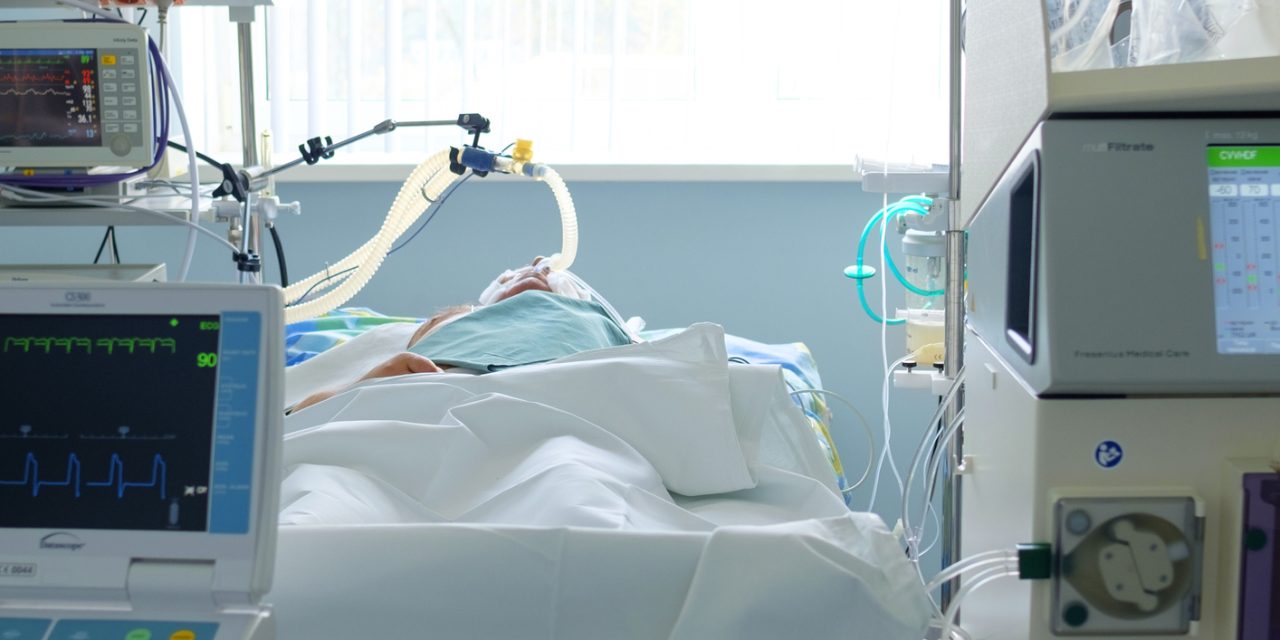The aim of this study was to determine the prevalence of the causative agents of multi-drug resistant bacteria in pneumonia and also evaluate their mortality rates in the intensive care unit (ICU).
This study included all the cases of hospital-acquired pneumonia (HAP) and community-acquired pneumonia (CAP) in the ICU between the period of January 2018 to December 2019.
Seventy-four patients in pneumonia were included. Mortality rate was 45.9%. In patients with HAP had higher length of stay days in hospital and ICU, the use of sedative agents, sepsis rate and mortality rate as compared in patients with CAP (for all p<0.05). Microorganism was identified in 27(36.6%) of the patients. Respiratory samples were positive in 25.4% of patients with CAP and 60.8% of patients with HAP. Acinetobacter baumannii and Klebsiella pneumoniae were the most frequent etiologic agents (40.7% and 22.2%, respectively). Acinetobacter baumannii was not susceptible to the third generation cephalosporin, piperacillin-tazobactam, carbapenem, fluoroquinolone and trimethoprim/sulfamethoxazole. Among gram-positive bacteria, the most common isolate was staphylococcus aureus. The frequency of methicillin-resistant Staphylococcus aureus was 75% but these isolates were susceptible to vancomycin and tigecycline.
The predominance of gram-negative agents was observed in pneumonia patients and due to the high resistance to antibiotics, treatment strategies need to be reconsidered in order to improve the poor prognosis.
This article is protected by copyright. All rights reserved.
Assessment of antıbıotıc resıstance of ınfectıous agents ın patıents wıth pneumonıa ın tertıary crıtıcal care unıt and effect on clınıcal outcomes.


